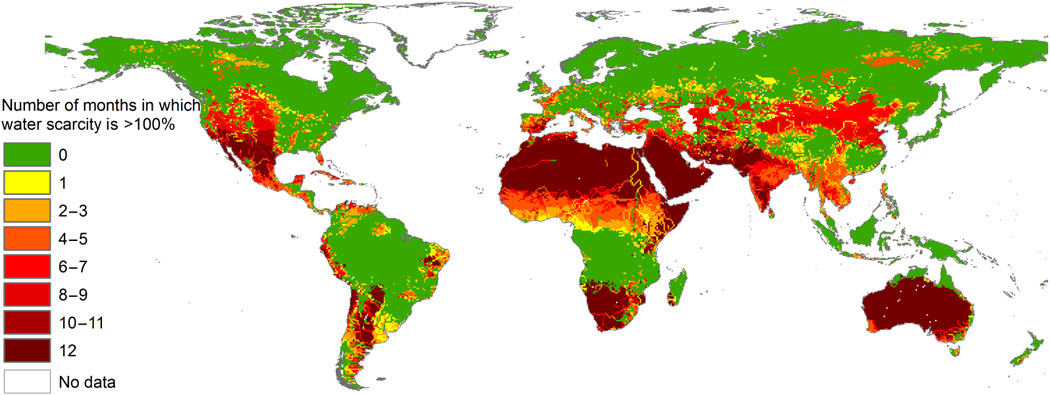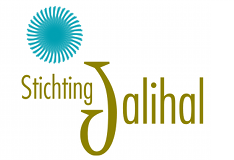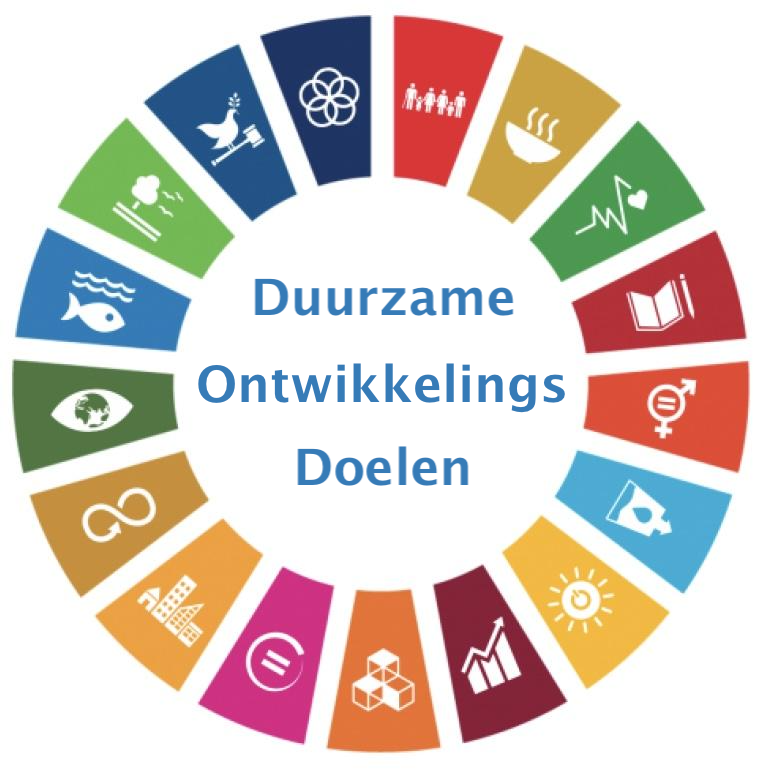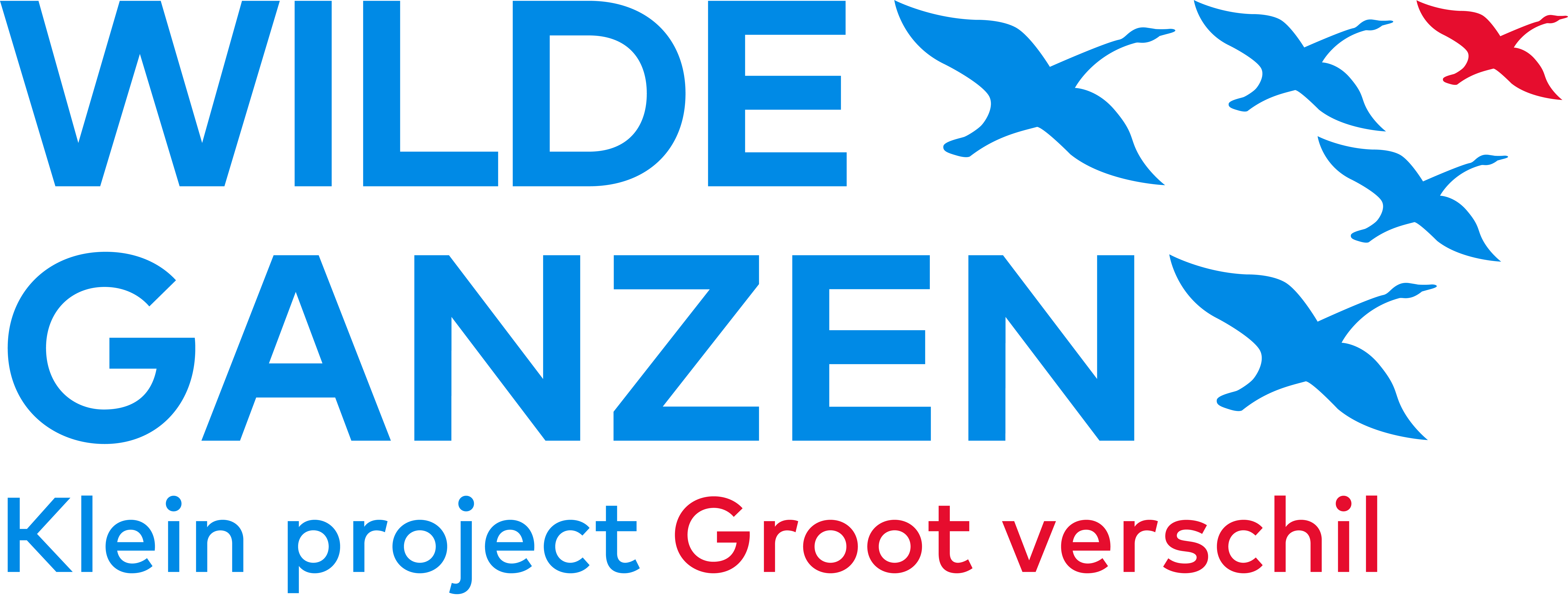Climatologically
The climate is hot and dry. There is a small rainy period in June and a somewhat larger one in September-October. But increasingly we see that there is sometimes very little or even no rain in June, while the larger monsoons in the autumn have also become more erratic and often produce much less rain than before. The map below shows that the situation is not only dire in the Jalihal region. The outlook, in the context of climate change, is also no better.

Source: M.M. Mekonnen & A.Y. Hoekstra (2016) Four billion people facing severe water scarcity, in Science Advances.
[ http://advances.sciencemag.org/content/2/2/e1500323.full ]
In Jalihal's practice, drought means that more and more drilling is needed to obtain water. There are limits to this and in many cases they have already been reached. When it is very dry, more and more underground water depots become dry. These are not depots built by people, but spaces in the soil (between different layers of the earth, for example) that can retain water. For the women in the villages, it means that they have to walk further and further to get water. If the situation deteriorates further, the government brings drinking water in tankers to the villages. That will last until it starts to rain again in June.
Because there is no work on the land for the women of our target group, the little income they had is disappearing for many. YPS has trained 5 young people who are well versed in the villages. They go around to see if there are people who are starving. YPS will then provide additional food, water and medicines if necessary. Several years ago, during a similar drought, the Jalihal Foundation funded food packages that were distributed to 200 women every month for more than 6 months. Now there are funds available from India itself to make this emergency relief possible.





